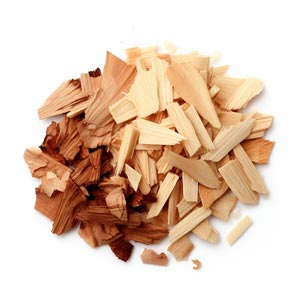Blonde Woods refers to a category of light, soft, and subtly aromatic woods used in fragrance making. These woods are typically derived from trees like sandalwood, cedarwood, or birch, each contributing to the signature 'blonde' scent profile. Historically, woods have been a foundational element in perfumery, providing a warm, grounding base note that complements and stabilizes more volatile top and middle notes. The extraction of Blonde Woods' scent for use in fragrances typically involves processes such as steam distillation or CO2 extraction. These methods allow for the capture of the woods' essence without altering their delicate, nuanced aroma. In addition to natural extracts, synthetic versions of Blonde Woods are also used in the fragrance industry. These are created through chemical synthesis to mimic the scent of natural woods, offering more consistent and sustainable options for perfumers.
Natural or Synthetic?
Blonde Woods in perfumery typically refers to a light, soft woody scent profile rather than a specific natural ingredient. This scent profile is primarily achieved through synthetic means, as it encompasses a range of nuanced woody notes that are challenging to extract directly from natural woods. Synthetic compounds are used to create this specific type of woodiness, providing consistency, versatility, and ease of blending in fragrance compositions. The synthetics employed mimic soft, clean, and modern woody notes, making Blonde Woods a popular choice for contemporary perfumes.
Fragrance Families Blonde Woods Most Commonly Found In
Show fragrances that contain Blonde Woods as a note


